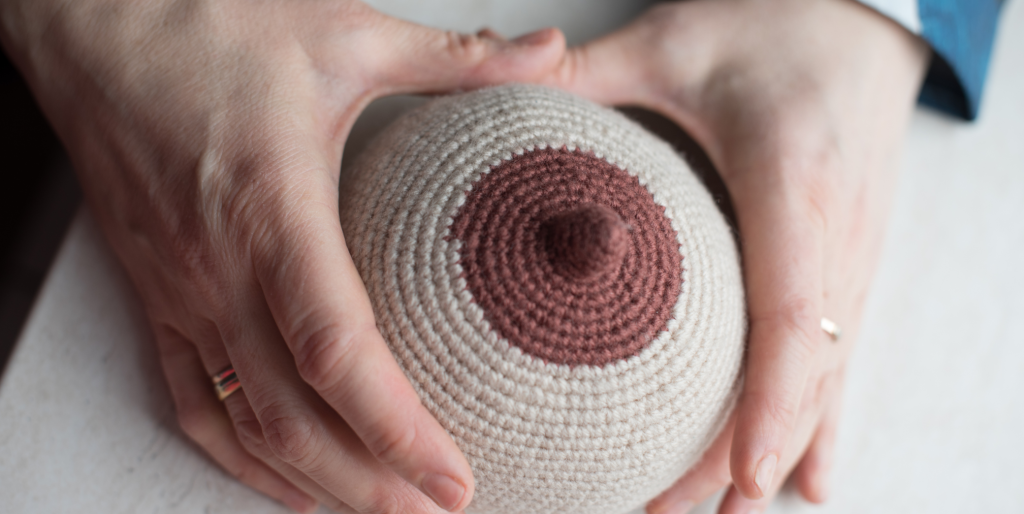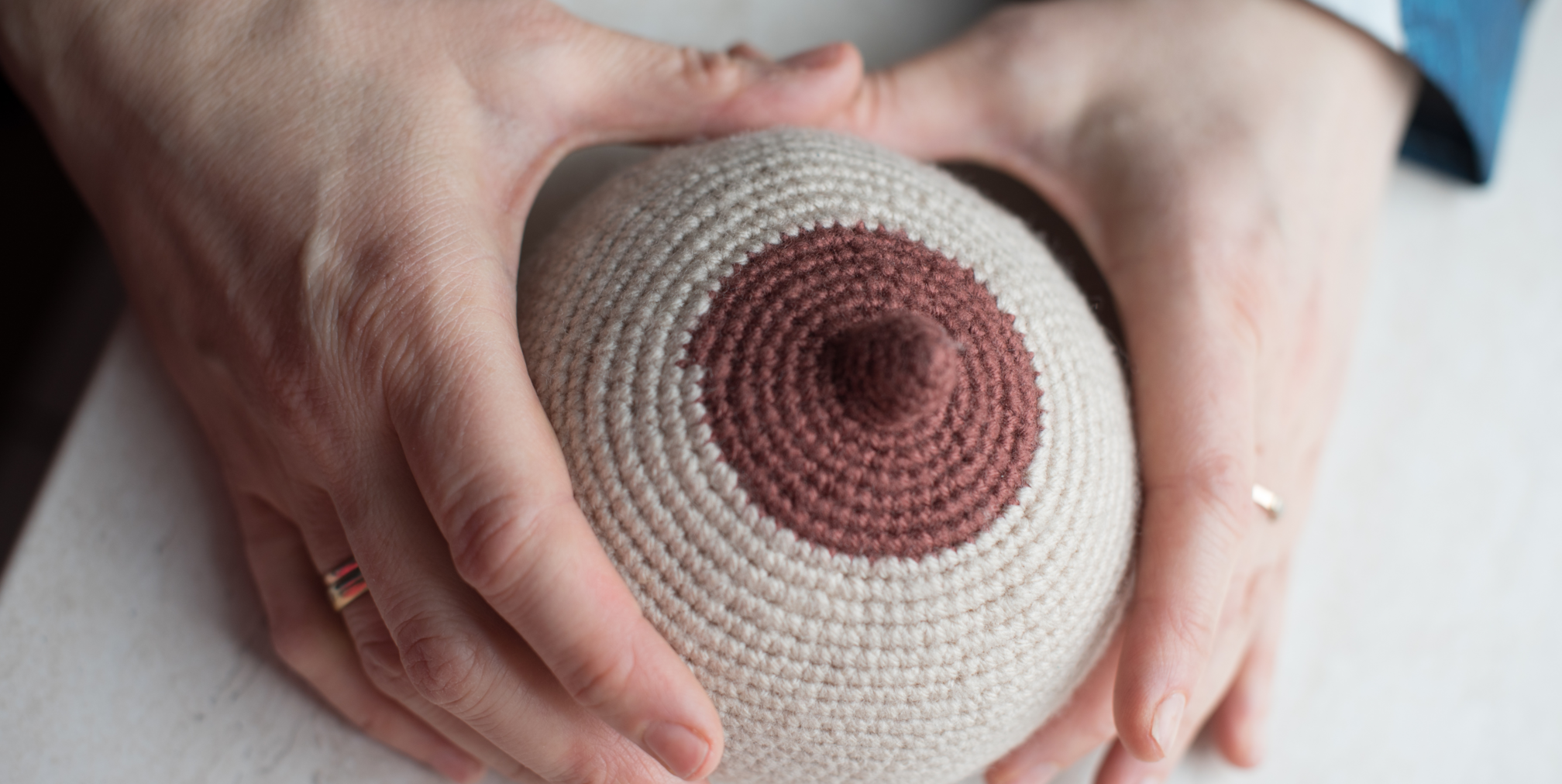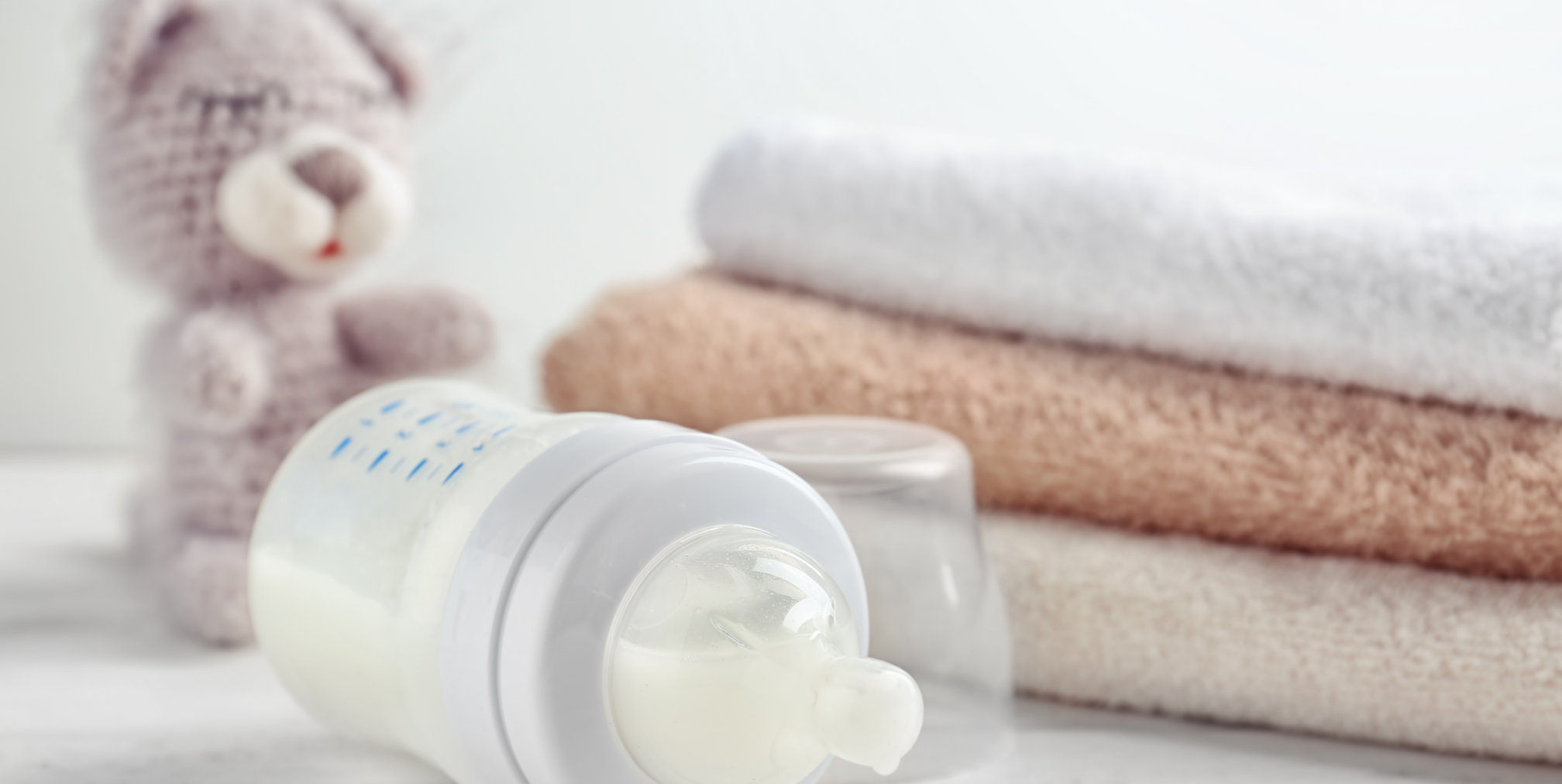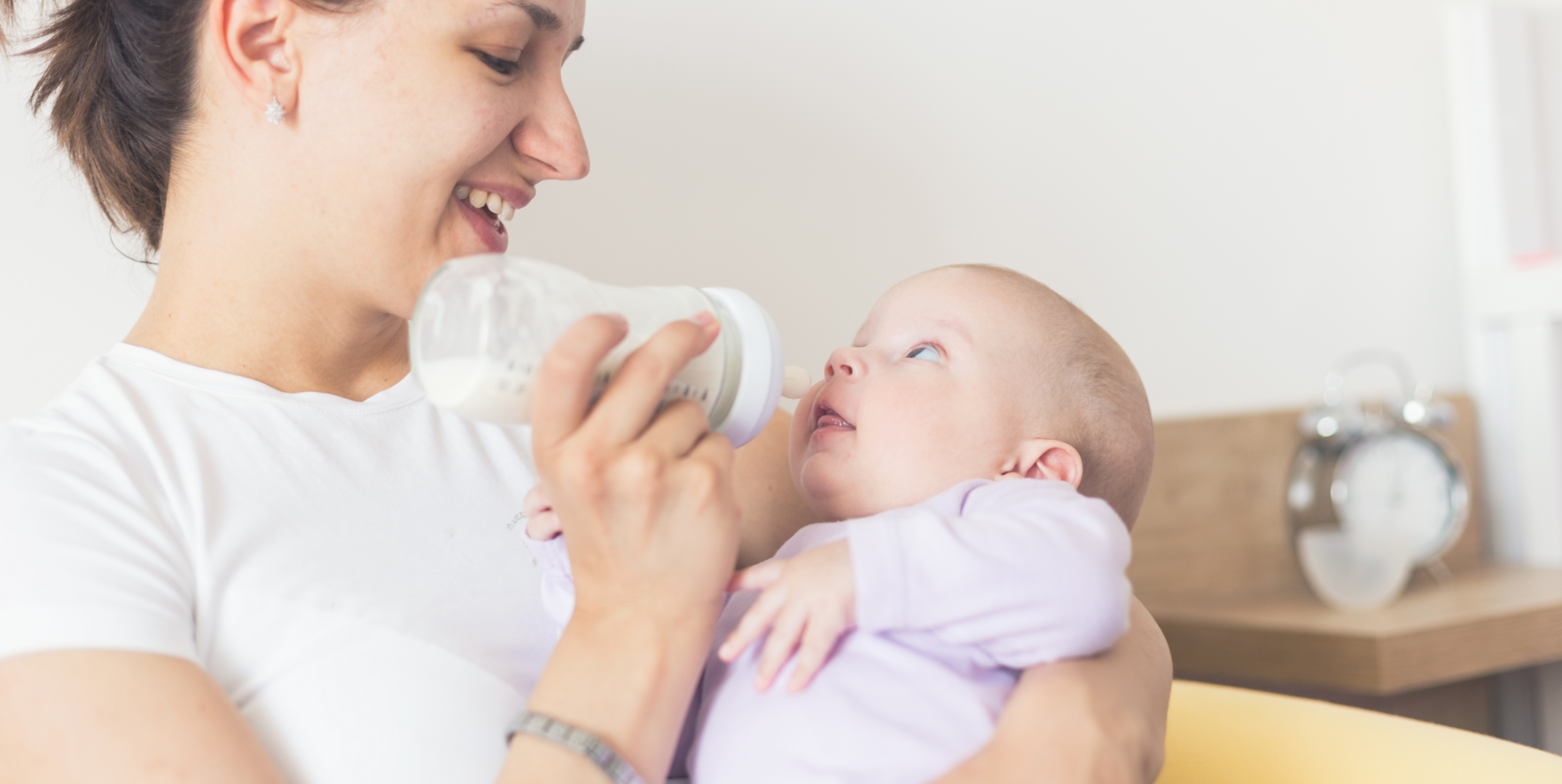Many new parents worry about their little one’s milk intake, It’s natural to wonder how much your baby is actually getting at each feeding. While we can’t measure exact milliliters, fret not!
Instead of focusing on the mystery of exact amounts, let’s celebrate the incredible ways your baby communicates with you. Look for these reassuring signs that your breastfeeding journey is on track.

Ditch the Clock, Follow the Cues: Breastfeeding Rhythms Explained!
Forget the “every 3 hours” rule, as research shows that societies without bottles see babies breastfeeding an average of 4 times per hour!
So, instead of focusing on numbers, tune into your baby’s natural rhythm:
Frequency: Aim for 8-12 feedings in 24 hours, but remember, every baby is different. Don’t worry if your little one nurses more often – frequent feeding is a good sign they’re getting enough!
Cues: Your baby will tell you when they’re hungry! Look for rooting, fussiness, hand-to-mouth movements, or turning towards your breast. Responding to these cues ensures they’re well-fed and content. You’ll develop a unique rhythm with your baby, learning to recognize their individual hunger and satisfaction cues. If you have concerns, reach out to a lactation consultant or healthcare professional for support.
Comfort & Connection: Breastfeeding is about more than just food. It’s about comfort, bonding, and regulating their little bodies. Don’t be surprised if your baby spends time at the breast for comfort, digestion, or falling asleep. It’s all part of the beautiful process!

Boost Your Breastfeeding Confidence: Understanding Your Baby’s Diaper Signals
As your little one grows, their diaper tells a story about their feeding journey! Here’s a handy guide to help you interpret these clues:
Wet Diapers:
- By day 4: Expect 5-6 wet diapers every 24 hours. Look for diapers that feel heavy or have special wetness indicators.
- Color Matters: Clear or light yellow urine indicates good hydration. Darker yellow can signal dehydration.
- Frequency: While 5-6 is typical initially, the number of wet diapers can fluctuate as your baby grows and feeds become more efficient.
Stool Clues:
- By day 5: Look for mustard-yellow stools with a seedy texture (greenish-light brown or autumnal shades are also normal).
- Frequency: 3-4 stools per day are typical initially, but by week 6, they may decrease significantly, even to once a week! This is perfectly normal as your baby’s digestive system matures and absorbs nutrients more efficiently.
Remember: Every baby is unique! These are general guidelines, and if you have any concerns about your child’s output, consult your healthcare professional.
Bonus Tip: Instead of guessing about wet diapers, focus on learning to feal the weight of a full diaper. You can practice by pouring water into a diaper to get the Idea of output to weight ratio. knowing the feel of a cup of water in a diaper saves you the guess work.
Key takeaway: By observing your baby’s diaper routine alongside other feeding cues like suckling and contentment, you can gain valuable insight into their well-being. Trust your intuition and don’t hesitate to seek professional guidance if you have questions.

Understanding Your Baby’s Weight Gain
Early Days (3 days and beyond):
- Welcome to the world! Around day 3, your baby starts their weight gain journey.
- Birth weight dip: It’s normal for babies to lose some weight (up to 10%) in the first week due to fluid loss. Don’t worry, they’ll regain it soon!
Back on Track (2 weeks and beyond):
- Birth weight regained: By 2 weeks, your baby should be back to their birth weight and ready to start growing!
- Minimum weight gain: After regaining their birth weight, aim for a minimum of 150 grams (0.3 pounds or 5.2 ounces) per week. This is a general guideline, and individual babies may grow at slightly different rates.
Growing Steady (4 months and beyond):
- Slow and steady wins the race! Around 4 months, the weekly minimum weight gain decreases to 80 grams (2.8 ounces). This reflects your baby’s changing needs and growth patterns.

Changes to Expect: Your Breasts After Birth
Naturally, your breasts go through changes during the first few days after birth. This is because they are transitioning from producing colostrum (your baby’s early milk) to mature milk.
During this time, it’s normal to experience:
- Fullness: Your breasts might feel full and larger than usual.
- Enlargement: This is caused by increased milk production.
- Slight discomfort: This feeling should subside after each feeding.
However, your breasts and nipples should not be:
- Sore: This could indicate improper latching or other issues.
- Painful: Severe or persistent pain requires professional evaluation.
Remember:
- It takes a few days for your milk supply to adjust to your baby’s needs.
- After each feeding, the feeling of fullness should lessen.
If you experience any concerns like sores, severe pain, or difficulties feeding, reach out to a healthcare professional. They can help ensure smooth breastfeeding and address any discomfort you might be experiencing.
This post aims to inform and comfort you, not replace professional advice. Always consult your healthcare provider for any concerns.







